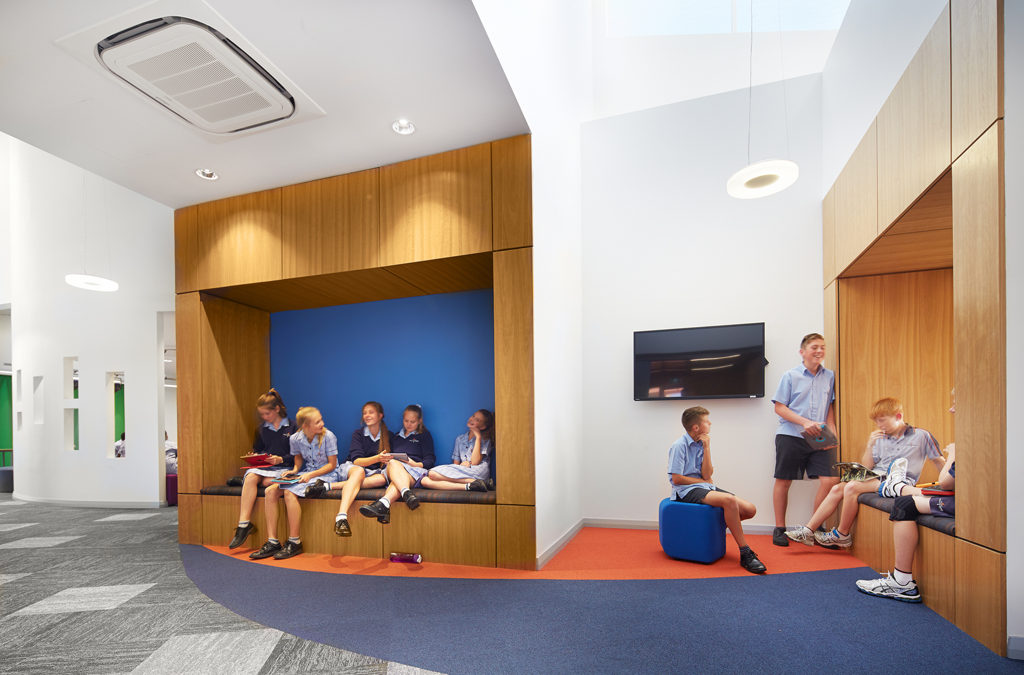
by Peter Lippman | Dec 21, 2016 | 21st century learning, evidence based design, learning environment design, learning spaces, teaching
Understanding activity-based learning is significant for creating the appropriate social environment; however, in conjunction with this knowledge, the physical environment must be well-thought-out to support the transactions that are intended to take place. Defining...
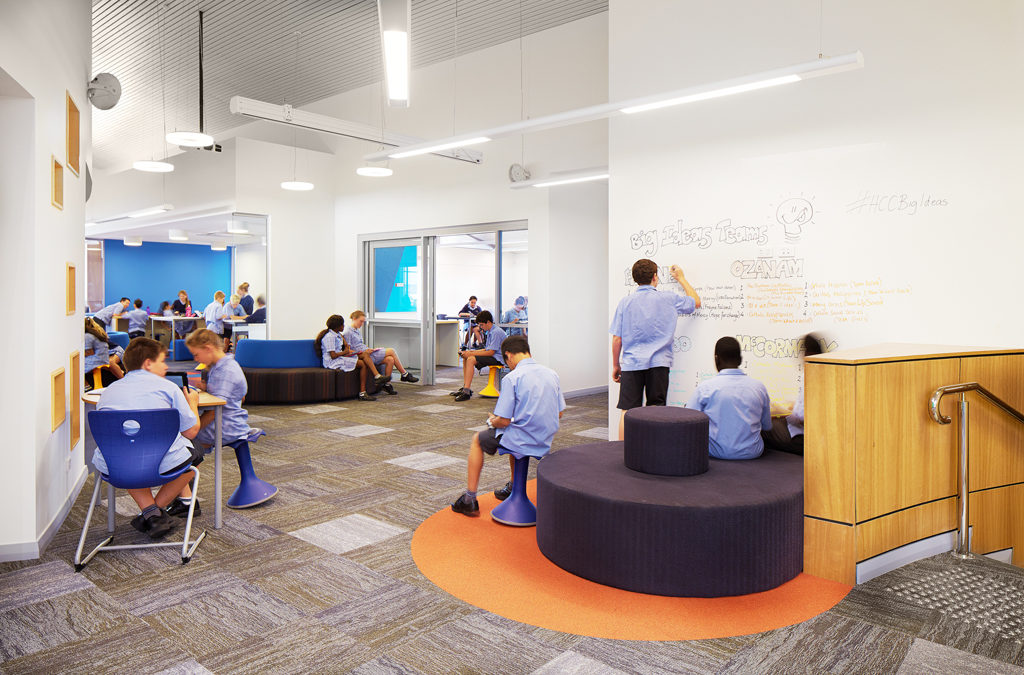
by Peter Lippman | Dec 21, 2016 | 21st century learning, architecture, evidence based design, learning environment design, learning spaces, teaching
In November of 1994, James A. Dyck published an article, “A Case for the L-Shape Classroom: Does the shape of a classroom affect the quality of the learning that goes inside it?” in Principle Magazine. Unlike many articles and books that describe school settings, this...
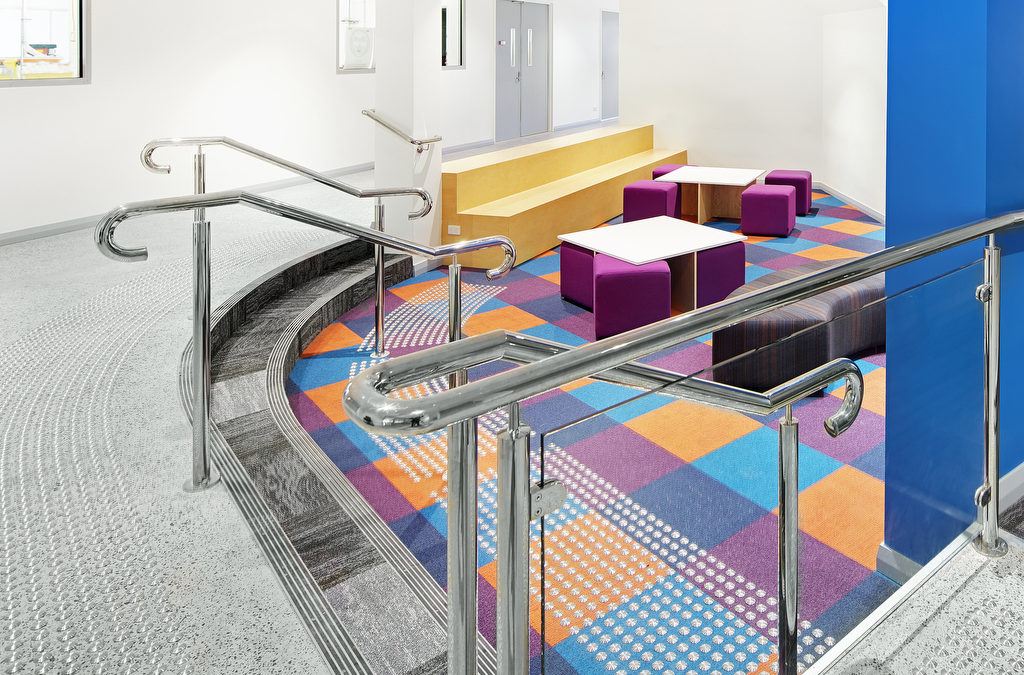
by Peter Lippman | Dec 21, 2016 | 21st century learning, architecture, evidence based design, learning environment design
Can the physical environment have an impact on the learning environment? This paper argues in favour of challenging “best practice” generally accepted by the architectural profession by embracing a responsive design approach for creating learning environments. This...
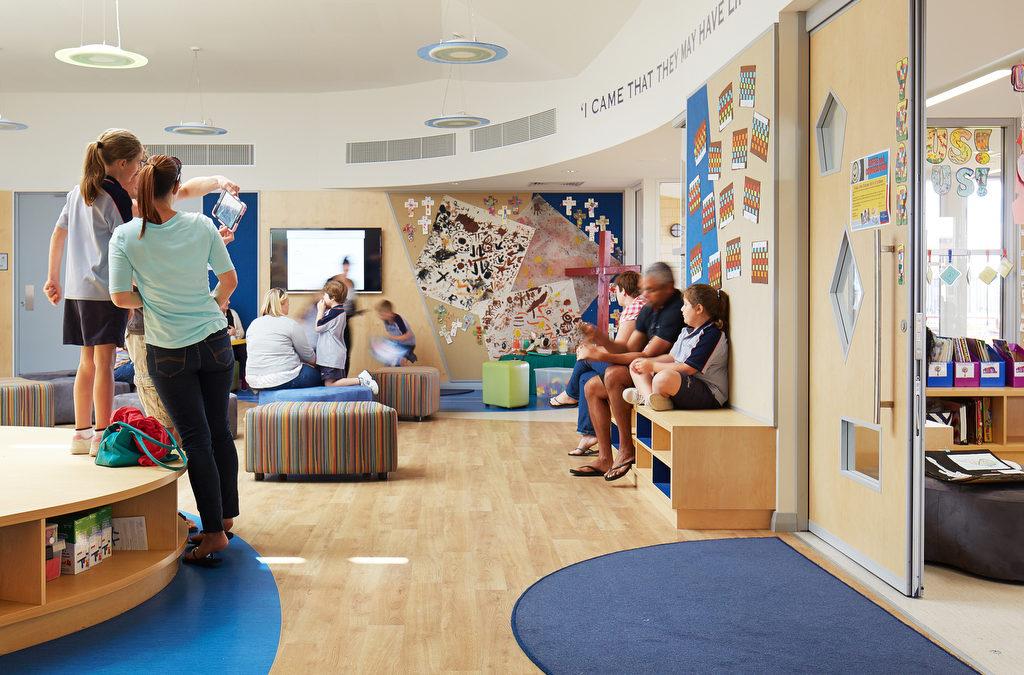
by Peter Lippman | Dec 21, 2016 | evidence based design, learning environment design, learning spaces
John Dewey believed that children learn best by doing, a concept extended in the Reggio Emilia and Montessori approaches, both of which recognize the role of the physical environment in shaping how young children acquire knowledge. To create preschools and...
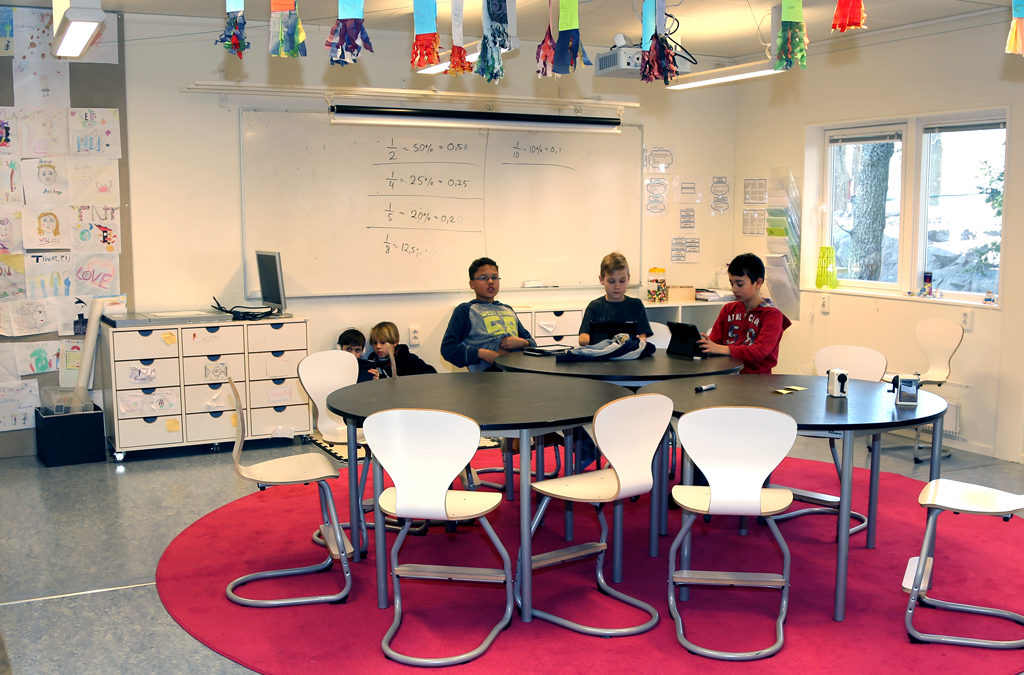
by Peter Lippman | Dec 21, 2016 | 21st century learning, evidence based design, learning environment design, learning spaces, teaching
My journey for understanding the transactional relationship between the learner and the learning environment began when I walked into a first and second grade public school as a teacher’s assistant in East Harlem, New York City. This classroom was different from...







Recent Comments